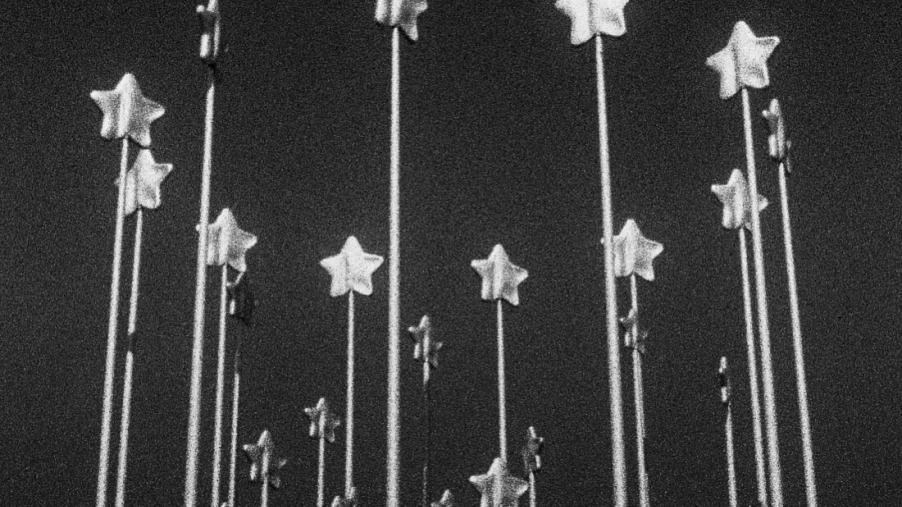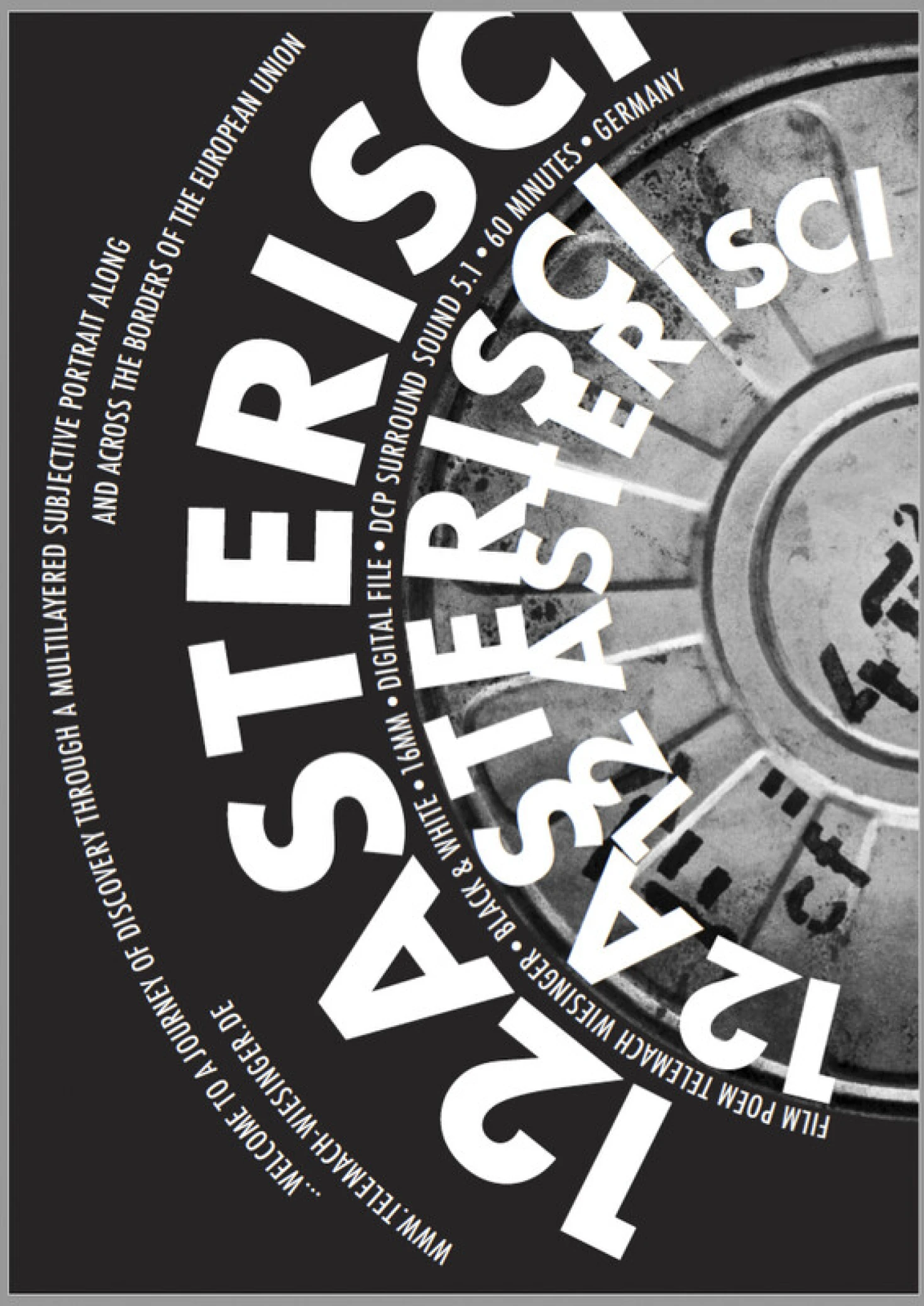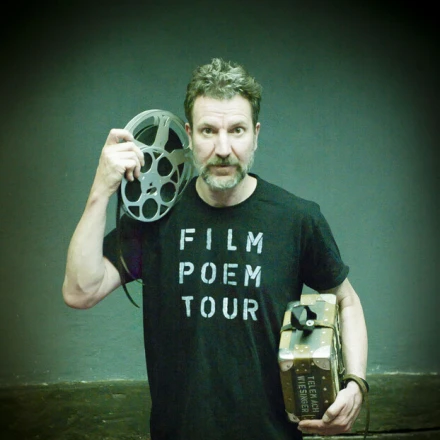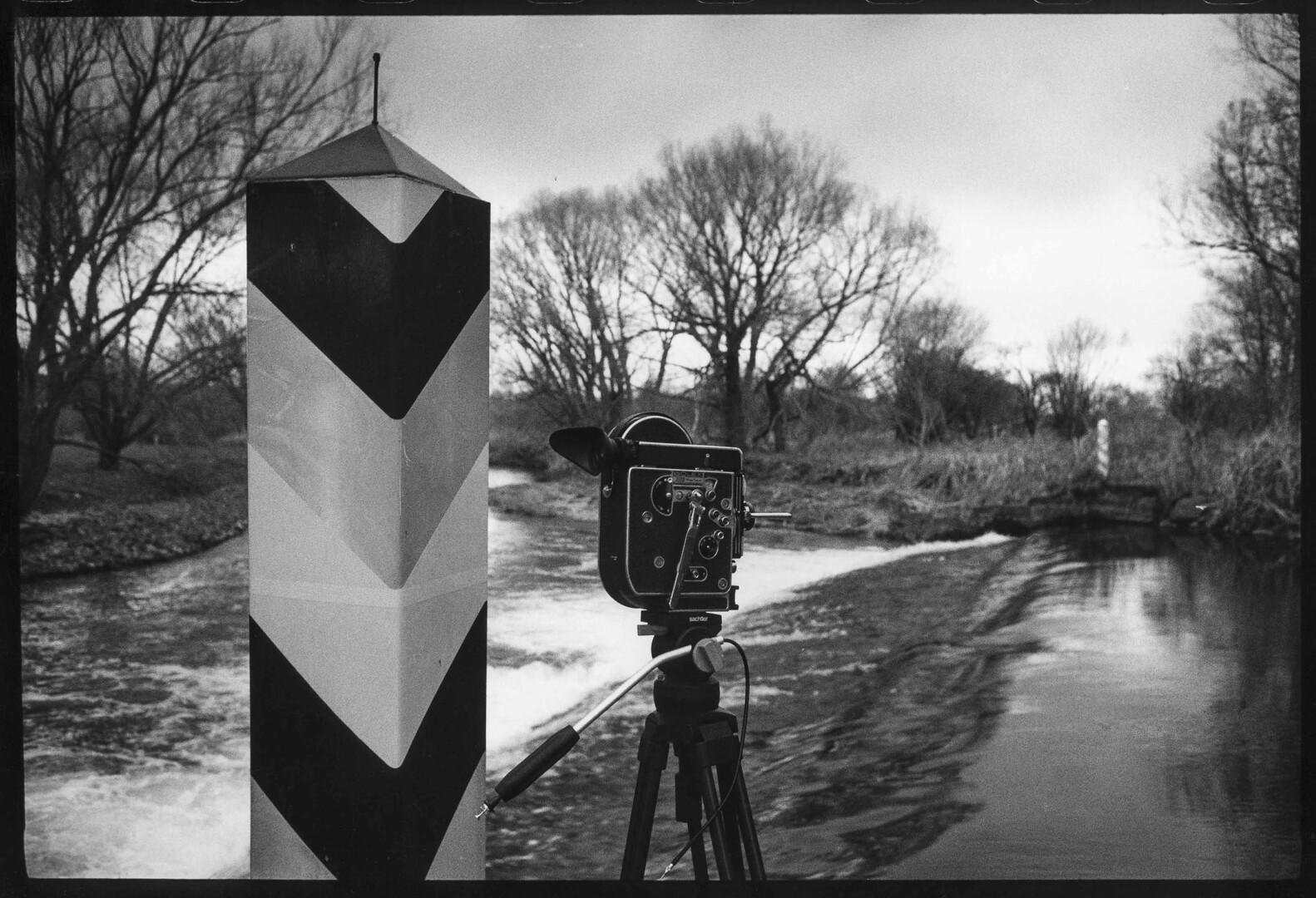COLLECTABLE STORIES: 12 ASTERISCI

12 ASTERISCI
Short Talk with Telemach Wiesinger (director)

BEST EXPERIMENTAL FILM Category
22nd IN THE PALACE International Short Film Festival 2025
Germany, Experimental, English, No Dialogue, 01:00:04, 2024
Synopsis: For the film poem "12 ASTERISCI" (after the twelve stars on the European flag), the German artist Telemach Wiesinger visited numerous places on the internal and external borders of the European Community. The film's open, experimental form visually loosens boundaries and aesthetically overcomes their rigid regulations.
Biography: Telemach Wiesinger was born in 1968 in Bielefeld, Germany. He graduated in Visual Communication from the University of Kassel, Germany in 1995, where he received a Master of Arts degree. His multiple award winning 16mm analogue film works are presented in solo programs or performances and on numerous international festivals and locations. Telemach Wiesinger is also a visiting lecturer at universities and art schools. As a photographer he is working for many art books and solo-exhibitions.
 Telemach Wiesinger, director
Telemach Wiesinger, director
Raya Hristova: The film is a sixty-minute long. Did you want it to be exactly an hour?
Telemach Wiesinger: Well, when I started, I wanted it to be a feature film. Since it’s a travelogue, or a road movie, I filmed a lot of sequences in different countries. I have collected material very selectively, because I was shooting on 16mm. But in the end, I decided to make two separate films. In 12 Asteriski, we have still, quiet, photographed shots. In the second film, I included the travel sequences, the footage I captured while riding in trains and cars. This second film has been given the title TRANSIT and contains my impressions on the routes of my border research.
Raya Hristova: What countries have you visited?
Telemach Wiesinger: They were all countries of the European Union, and there are many borders between them. I was traveling along all these borders, looking for locations to show the audience. Over a period of around three years, I was traveling back and forth along 'hard' and 'soft' boundaries for the project, in addition to other tasks. Along the way, I gradually developed a sense of how image and sound should come together, how all European countries could be brought together.

Raya Hristova: Did you plan the locations ahead of time?
Telemach Wiesinger: Not really. Sure, we have maps and can research on the internet, but when you’re traveling, you end up looking for completely different things. You can’t expect what you’ll find. For me, it’s always about finding the place I had in my mind before I started the trip. So I just look around and hope to find the right locations.
Raya Hristova: And why the European countries? Is the film about loosening borders?
Telemach Wiesinger: Yes, that was my approach. I wanted to talk about the borders between our different countries. But with the approach of showing the similarities and revealing the differences. However, I hope that the peculiarities will be preserved and that our Europe will not be too uniform.

Raya Hristova: What made you want to shine a spotlight on this? Was it based on personal experience or something you witnessed?
Telemach Wiesinger: It wasn’t a political interest, more of a personal one. I was just curious about what these places looked like. You see, I’m not a writer or a journalist. I’m a photographer. So I collect images. It’s easier to show them than to talk about them. For me, film is a visual art, including the opportunity to combine it with the audible. Which, by the way, in my opinion, is the most difficult task of a film with sound.
Raya Hristova: Why is this a film poem and why it is important to you?
Telemach Wiesinger: Because I trust in pure images and sounds. This is my approach to film poetry, which doesn’t rely on conventional feature film plots or voice-overs that explain everything with words. Like a written poem, like a Japanese haiku, it is only completed through the experience of the viewer. Not everything is stated in the text. In my film poem 12 ASTERISCI, the visible and audible concrete elements are only revealed in context, and ultimately, by the cinema-goer.
Interviewer: Raya Hristova
Editor: Martin Kudlac





